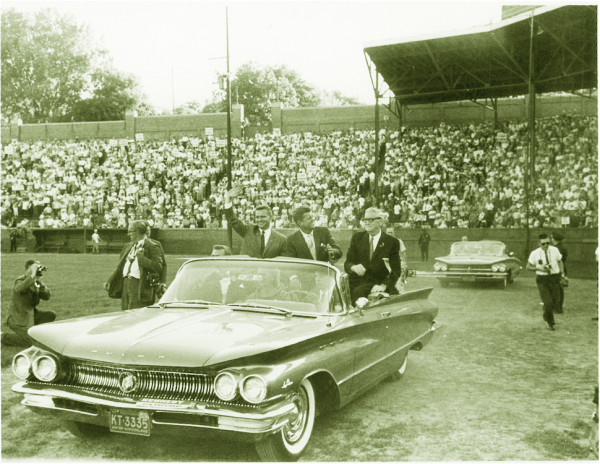A reluctant hero with a tortured past, a
willing mentor and a host of fearsome adversaries come together in the new
novel, “Legacy of the Bear.” But what does this have to do with Flint,
Michigan? Plenty!
“Legacy of the Bear” is the exciting and
fast-paced novel written by Flint native John P. Ribner. Set during the Viking
Age, the story chronicles Autar Magnusson’s quest to become a man and a warrior.
Once labeled a coward by his father, Autar is nonetheless determined to risk
his very life against a ferocious and legendary bear to prove himself worthy of
becoming a renowned warrior. But will he inherit the legacy of the bear?
John’s lifelong love for all things
Viking began in his hometown of Flint, when he was a student at Gillespie
Elementary School. “I think I was in fourth or fifth grade when I found a book
about Norse mythology in the school’s library, and I checked it out on a whim
because I liked the artwork on the cover,” said John. “When I read it, I was
immediately intrigued by the power, beauty and ultimate tragedy that is the
legacy of the Norse gods. It changed my life.”
From there, John continued his interest
in all things Viking while also being introduced to the world of fantasy
fiction in his early teens. He got serious about writing in 2012, when he
finished and published his novel. “At the heart of it, ‘Legacy of the Bear’ is
a very human story that almost anyone can relate to,” he said. “It’s a
coming-of-age tale in which a sensitive person searches for maturity and he
finds it, but only after much emotional loss and difficulty. His father was a
great warrior who died a hero’s death; but, Autar chooses not to follow in his footsteps. Life has a way of pushing him onto
the path that will lead him to his destiny, though, and it’s not long before
Autar is forced to confront his troubled relationship with his father – as well
as his fears – by accepting the challenge to fight a bear with just a spear
and an axe.”
John says that Autar’s journey parallels
his own experiences growing up in Flint. “The process of creating this book has
been a journey for me, as much as it was for Autar,” he said. “Writing it has definitely
brought back some memories; but it’s also helped me place those memories in the
greater context of my life. It’s been an experience, that’s for sure!”
“Legacy of the Bear” is available in
e-book format for the Kindle and Nook Tablet, and a printed version is also
available on Amazon.com. John P. Ribner is easily accessible on Facebook and
Twitter. John currently lives in Novi, MI with his wife and three children,
where he is busy writing “Prophecy of the Bear”, the sequel to “Legacy of the
Bear,” and “World So Dark”, a neo-noir crime thriller.


















